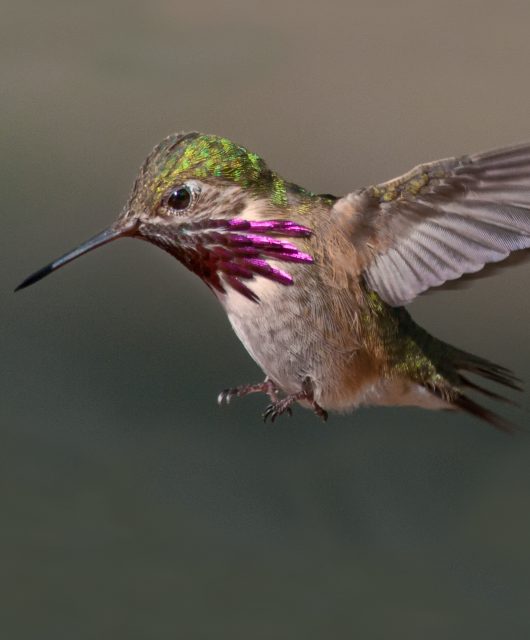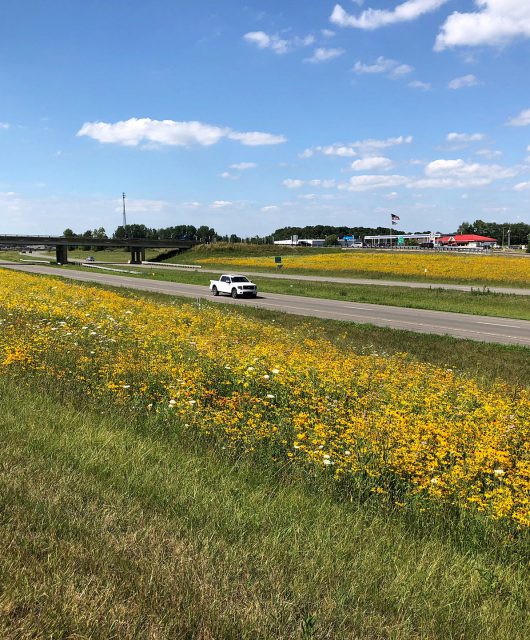Seven birds that grew alongside human development and activity.
As European colonists carved their way into Canada’s scenery, constructing buildings and homes, cultivating an agricultural industry and more, many birds adapted their behaviour right alongside them. From nesting to garnering food, these seven birds tweaked their habits and proved that they’ve adapted better than most!
Sound
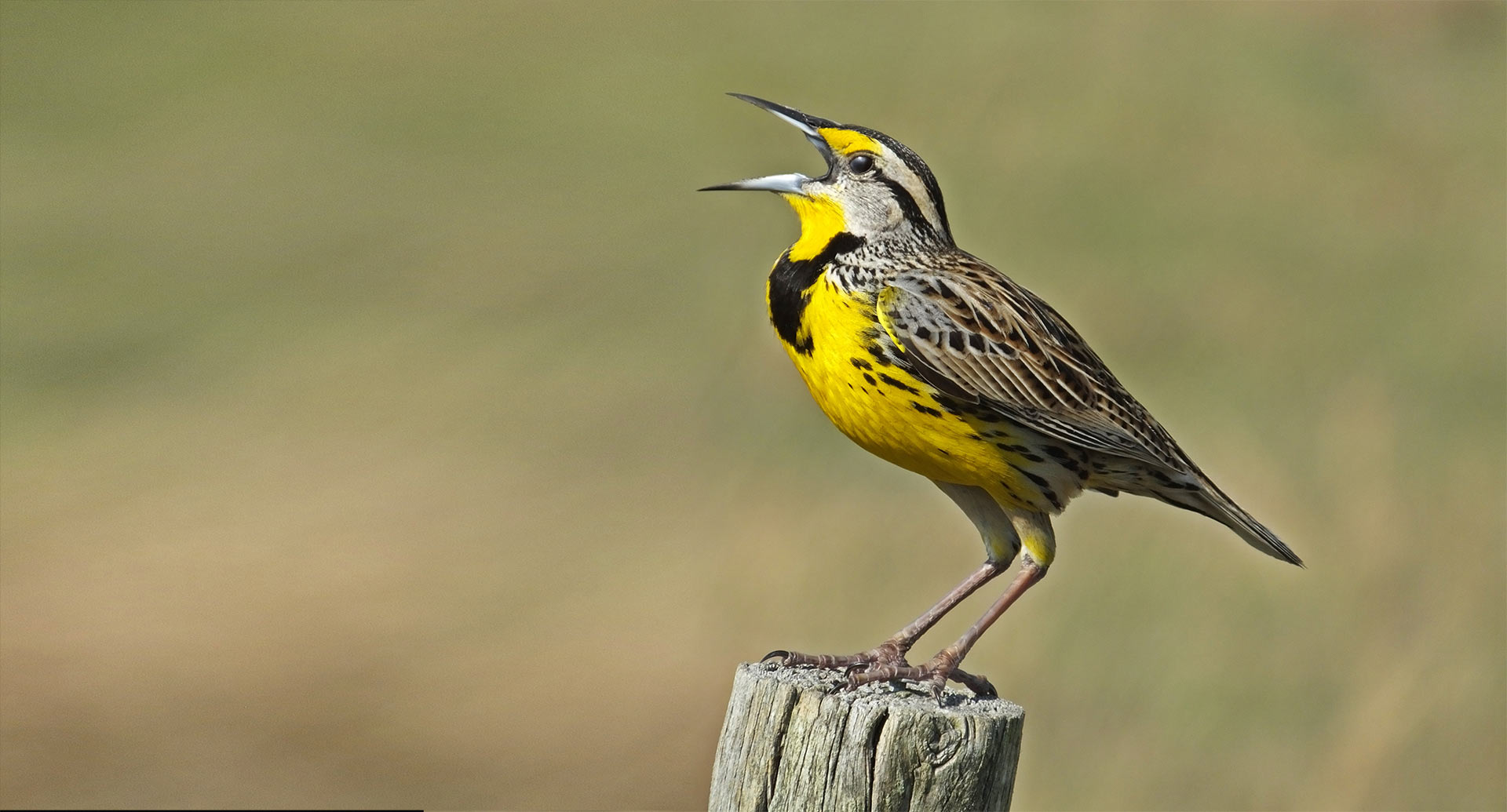
As more and more communities are built – from suburbs to cities – it’s not just the landscape that changes, but the soundscape too. Considering many birds rely on sound to communicate with one another, this can pose a major challenge for many. Some birds will simply move to another area if it’s too loud – like areas with traffic. Others still adapt.
Northern Mockingbirds
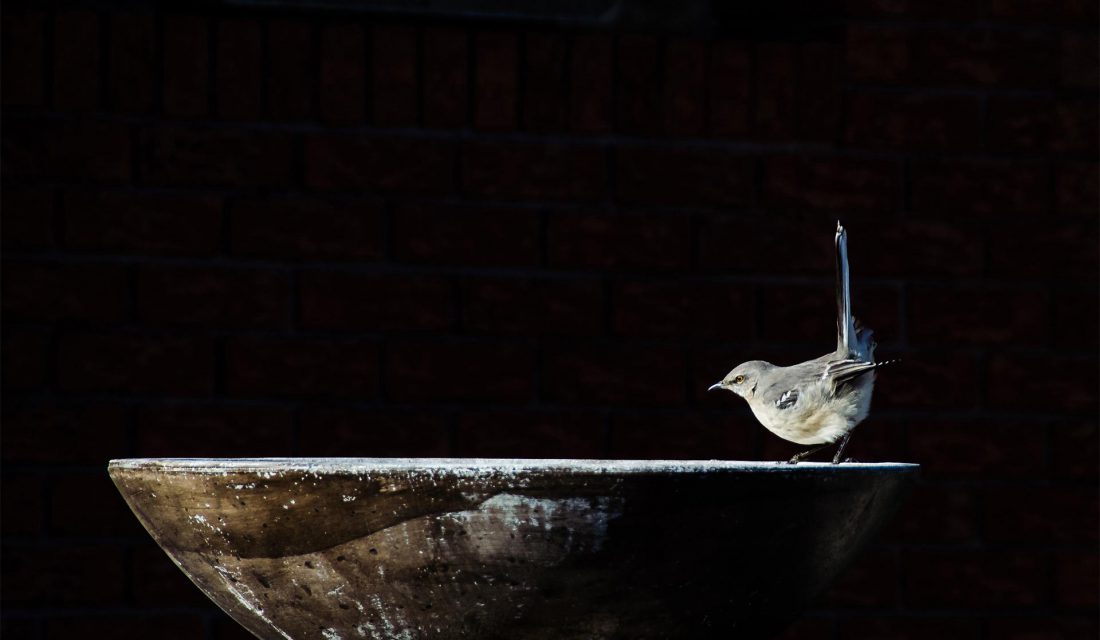
An increasing number of bird species, including the Northern Mockingbird, are tweaking their singing schedules to enhance communication. After all, there’s little point to belting out tunes through the day if no one can hear you. Birds like the Northern Mockingbird are opting for the quiet hours of night to serenade their neighbours, ensuring their messages are heard loud and clear.
Nesting
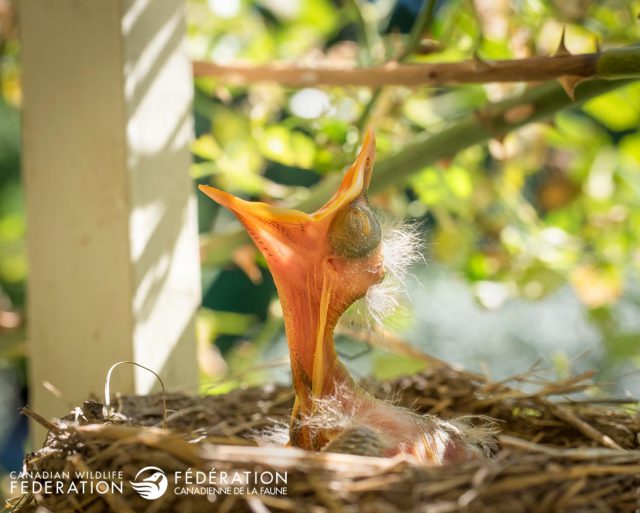
Plenty of birds have adapted to having human structures around. In fact, the species listed below not only tolerate them, but have deemed them pretty darn cozy for nesting!
Rock Pigeons

While Rock Pigeons only made their way to North American in the early 1600s, they’ve adjusted pretty well to their new surroundings. Instead of choosing traditional cliffside nests, they’ve embraced city living by perching on building ledges, windowsills and even taking up residence in the nooks and crannies of abandoned buildings. The males take charge, scouting out the perfect spot to nest and begin calling out for a mate with a “cooooooo” call. Once a female joins him, they work together to construct a nest using straw, sticks and stems. However, they’re not the neatest architects, refusing to clean up after their nestlings. So you might stumble upon some rather nasty droppings, as well as other unsightly things they leave behind like unhatched eggs and the remains of dead nestlings. Not exactly the coziest of settings, but these pigeons don’t seem to mind one bit!
House Finch
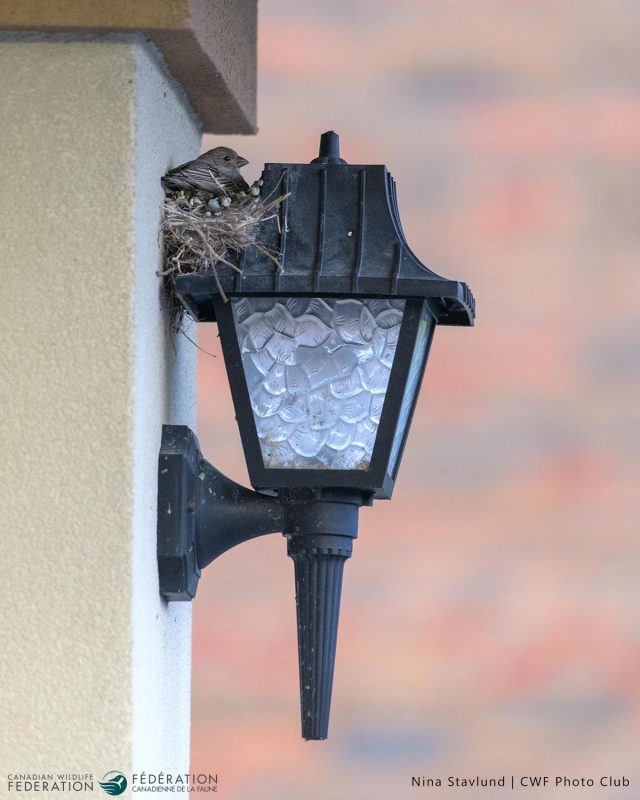
House Finches will happily make homes in both coniferous and deciduous trees, cacti and rocky ledges. It’s no surprise that they’ve seamlessly adapted to life in suburbia, choosing to nest on building ledges, window sills, street lamps and planters. Don’t be too surprised if you discover a House Finch nest right on your front door wreath – we weren’t kidding when we said they were adaptable! Their nests take the form of small cups, crafted from leaves, roots, string, feathers and stems.
Barn Swallow
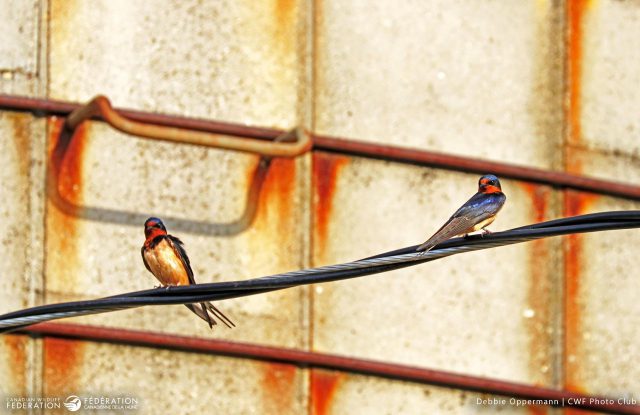
Not so long ago, Barn Swallows sought out caves to build their nests in. But nowadays they’ve traded rocky dwellings for more urban real estate, opting for buildings like barns (hence their name), sheds, under bridges, wharfs and culverts. Pairs will look high and low for the ideal nesting spot and once they find it, it’s construction time! They gather mud and grasses to create small cup-shaped nests, finishing them off with a lining made of soft materials like feathers and grasses. A cozy setup for future nestlings!
Chimney Swift
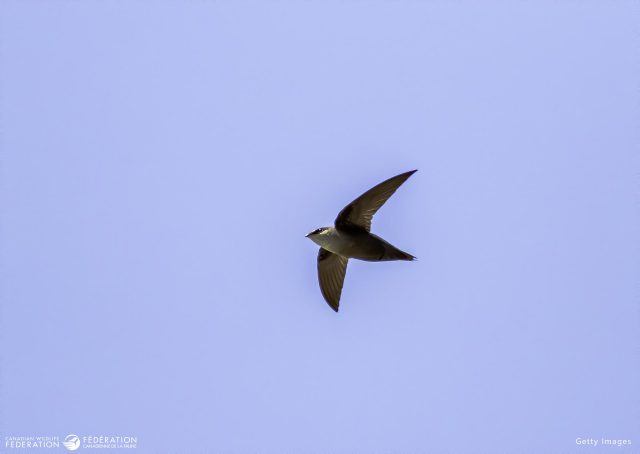
True to their name, Chimney Swifts primarily nest in chimneys, using their long claws to navigate the walls. Before the arrival of European colonists on Canada’s shores and the construction of homes with chimneys, these birds made homes on cliffsides, in hollow trees and also in caves. While they initially adapted to our buildings, the modern trend of constructing narrower flues as well as chimney caps and screens in new builds isn’t ideal for nesting. Between this and insect declines (the primary food source), the Chimney Swift’s numbers have started to dwindle.
Food
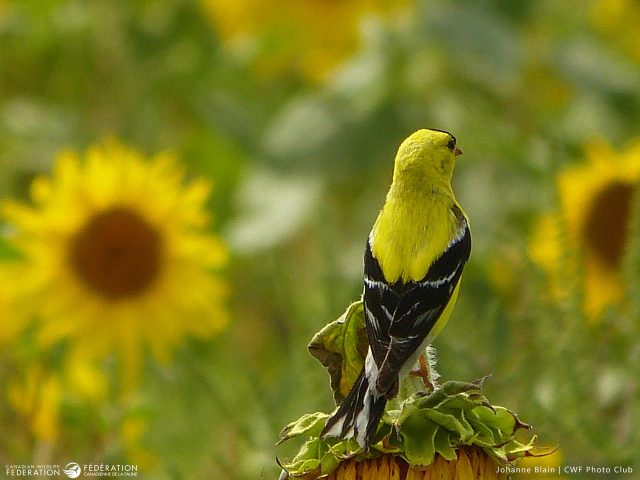
As habitat loss becomes a pressing threat across Canada, numerous bird species are facing challenges in securing enough food to sustain themselves. But some birds are showing remarkable adaptability, not just surviving but thriving in diverse landscapes, including agricultural land and suburbia!
Common Grackle
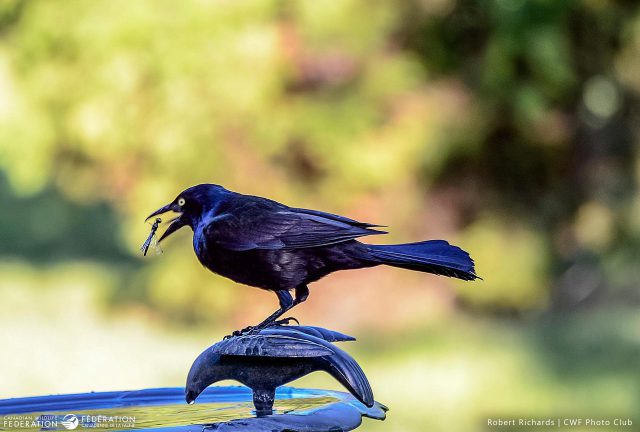
The Common Grackle has experienced a population boom, thanks to the agricultural industry. Their numbers have surged as they feast on the corn crops nationwide. They’re not particular about the corn’s stage – whether it’s just sprouting or ripening, they happily munch away. In fact, their love for corn has led many farmer to see them as a bit of a nuisance.
American Robins
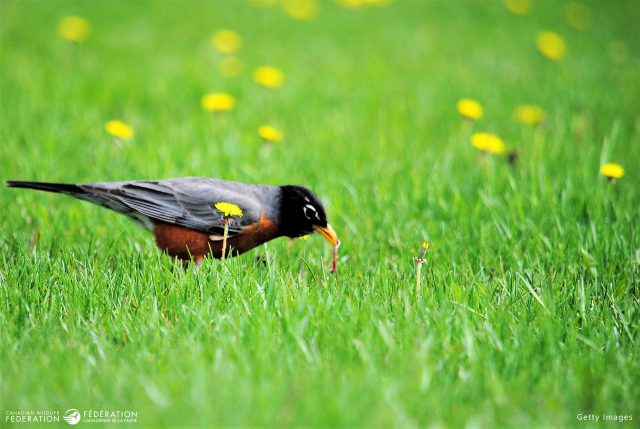
Nothing signals the arrival of spring quite like the sight of an American Robin hopping across our lawns. Surprisingly, these robins have found a silver lining in urban sprawl. Our lush lawns are a paradise for earthworms, and that’s turned out to be a real draw to these birds. You’ll often see a robin running along the grass, stopping it its tracks, tilting its head towards the lawn scanning for any sign of movement. When they sense an earthworm lurking beneath, they’ll peck at the ground, hoping to unearth their next wriggly snack!

